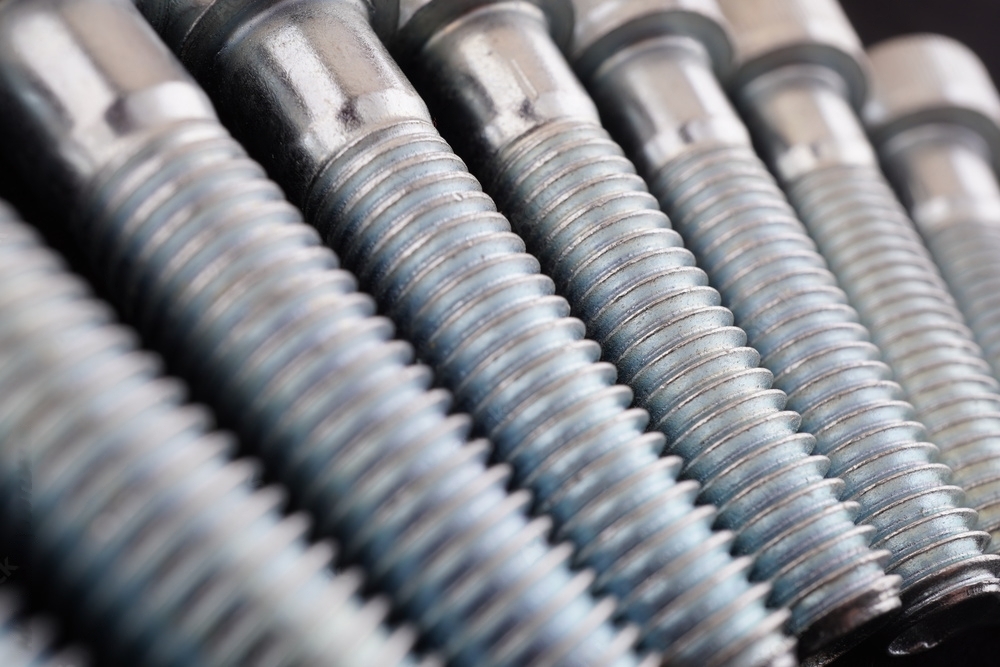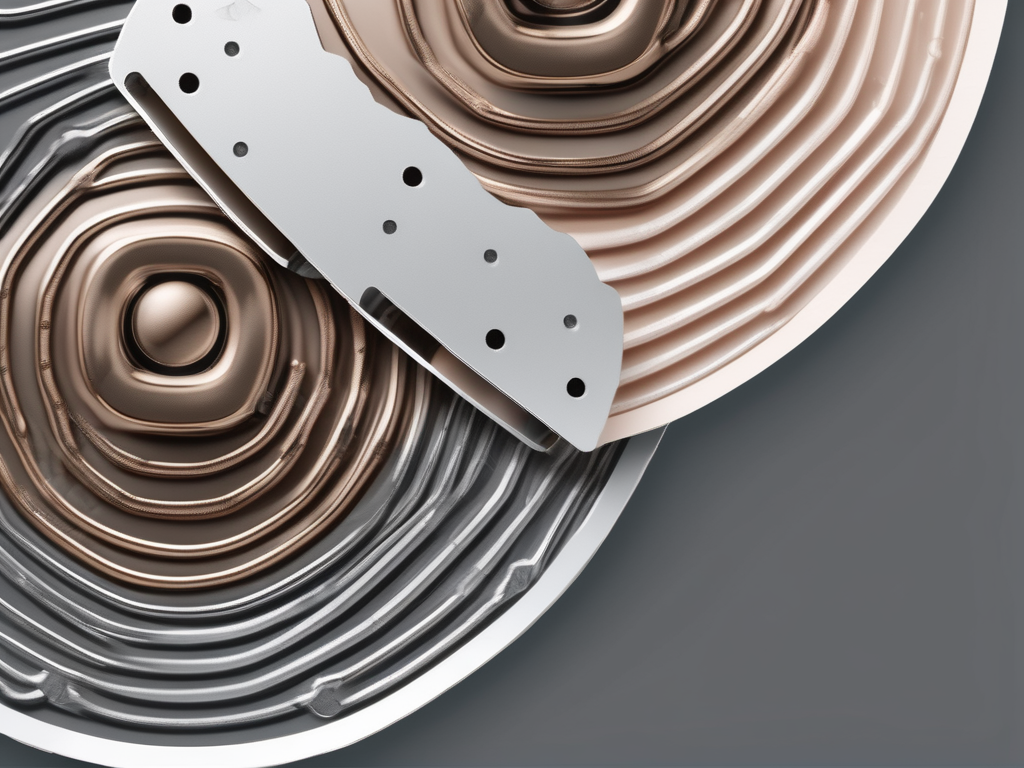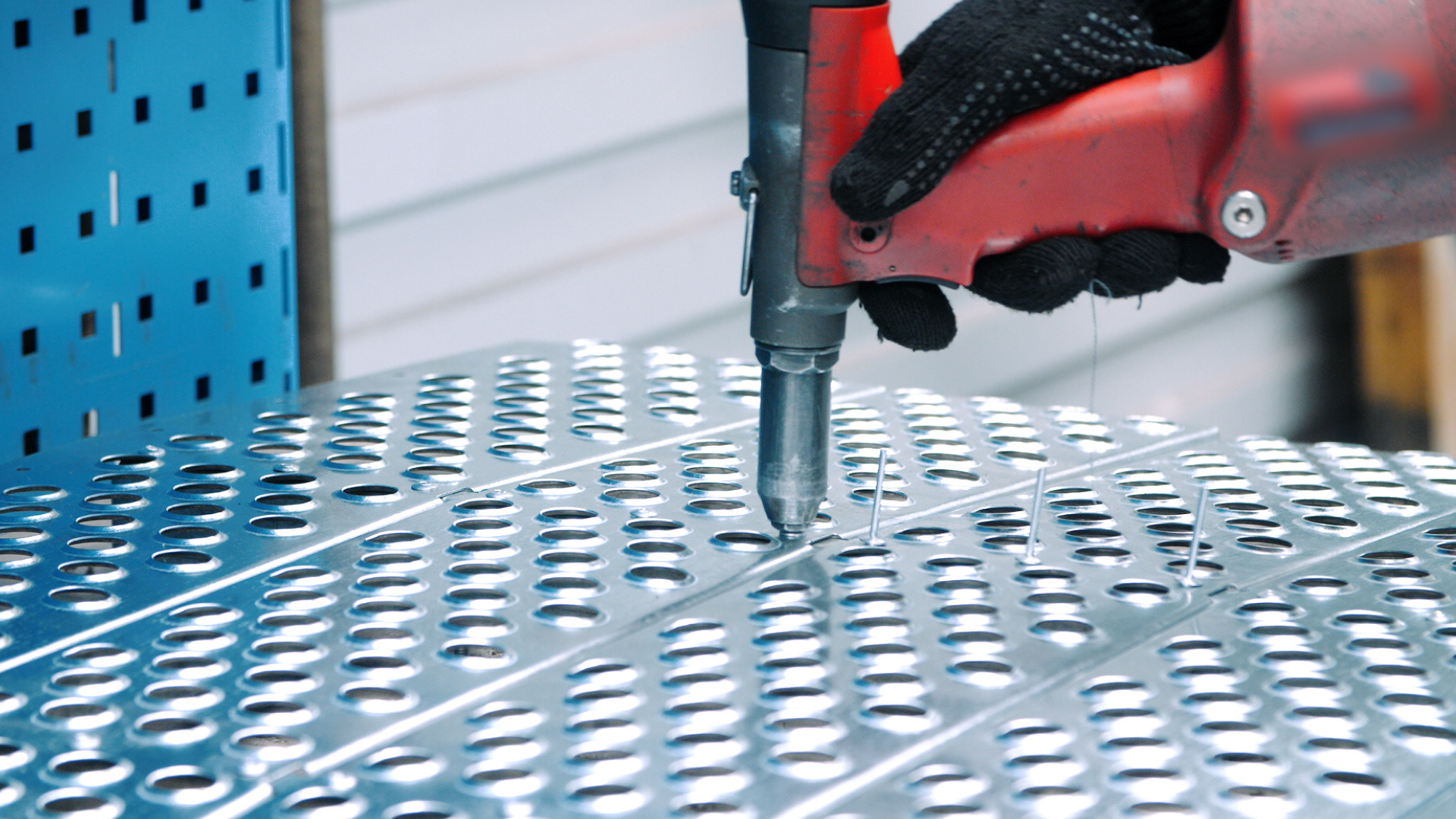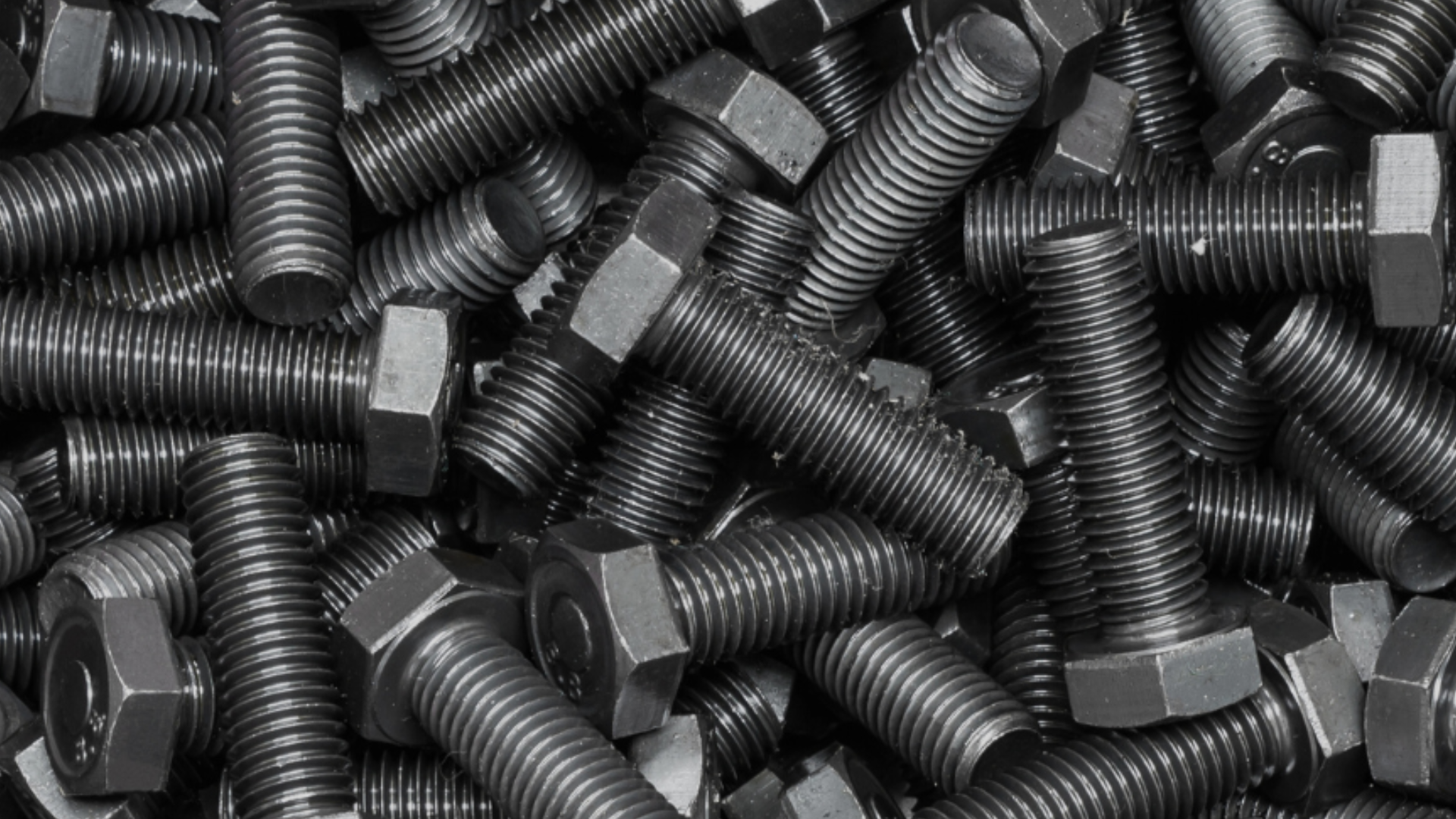Are you in the market for a new metal? Well, you’re in luck because we’re here to weigh the pros and cons of two popular materials: stainless steel and titanium. These two metals have long been hailed for their durability and versatility, but which one is right for you? Join us as we explore the properties of stainless steel, unveil the wonders of titanium, and answer all your burning questions about these incredible metals.
Table of Contents
Exploring the Properties of Stainless Steel
What sets stainless steel apart from other metals? First and foremost, it’s the alloy’s resistance to corrosion. Stainless steel is composed of iron, chromium, and other elements, which creates a protective layer that prevents rusting. This remarkable feature makes stainless steel the go-to choice for various applications, including kitchen appliances and medical instruments.
But there’s more to stainless steel than just its corrosion resistance. Let’s dive deeper into the world of stainless steel alloys and explore their unique properties.
A Guide to Different Types of Stainless Steel Alloys
1. Austenitic Stainless Steel: This is the most common type of stainless steel, known for its high levels of chromium and nickel. It’s highly resistant to corrosion and can withstand extreme temperatures. Austenitic stainless steel is not only durable but also versatile, making it suitable for a wide range of applications, from cookware to chemical processing equipment.
2. Ferritic Stainless Steel: With a higher percentage of chromium and lower nickel content, ferritic stainless steel is magnetic and less resistant to corrosion than austenitic stainless steel. However, it’s still a popular choice for automotive and architectural applications. Its magnetic properties make it ideal for applications where magnetism is desired, such as in magnetic resonance imaging (MRI) machines.
3. Martensitic Stainless Steel: This type of stainless steel is incredibly strong and is often used for knives and turbine blades. It has a higher carbon content, which gives it its strength but also makes it less corrosion-resistant compared to austenitic or ferritic stainless steel. Martensitic stainless steel finds its use in applications where strength and hardness are crucial, such as in surgical instruments and industrial machinery.
Each type of stainless steel alloy has its own unique set of properties, making them suitable for specific applications. By understanding the different alloys, manufacturers can choose the right stainless steel for their intended use.
Weighing the Advantages and Disadvantages of Stainless Steel
Now that we’ve delved into the different stainless steel alloys, let’s weigh the pros and cons of using stainless steel:
Advantages:
- Excellent corrosion resistance: Stainless steel’s resistance to corrosion ensures longevity and durability in various environments, including harsh conditions.
- Hygienic and easy to clean: Stainless steel’s smooth surface makes it easy to clean, making it a popular choice for applications that require high levels of cleanliness, such as in the food and medical industries.
- Durable and long-lasting: Stainless steel’s strength and resistance to wear and tear make it a reliable choice for applications that require longevity.
- Recyclable and environmentally friendly: Stainless steel is highly recyclable, making it an eco-friendly choice for sustainable manufacturing.
Disadvantages:
- Relatively heavy compared to other metals: Stainless steel is denser than some alternative materials, which can make it heavier and potentially more challenging to work with in certain applications.
- Can be more expensive than alternative materials: Stainless steel’s superior properties and durability often come at a higher cost compared to other materials, which can impact the overall project budget.
- Requires specialized equipment for fabrication: Working with stainless steel may require specialized tools and equipment, adding to the complexity and cost of fabrication processes.
Despite these disadvantages, the benefits of stainless steel often outweigh the drawbacks, making it a popular choice in various industries.
Unveiling the Wonders of Titanium
If stainless steel doesn’t tickle your fancy, perhaps titanium will capture your heart. Titanium is a lightweight, high-strength metal that’s been making waves in various industries. It possesses some remarkable properties that set it apart:
One of the most fascinating aspects of titanium is its incredible strength-to-weight ratio. Despite being about half the weight of steel, titanium is just as strong, if not stronger. This makes it an ideal choice for applications where weight reduction is crucial, such as in aerospace and automotive industries.
Additionally, titanium is highly corrosion-resistant. It forms a thin oxide layer on its surface, which acts as a protective barrier against environmental elements. This makes titanium suitable for use in marine environments, where exposure to saltwater can cause significant damage to other metals.
Understanding the Various Grades of Titanium
Not all titanium is created equal. Different grades offer varying strength and corrosion resistance, making them suitable for different applications. Here are a few commonly used grades:
- Grade 1: This grade is the purest form of titanium, offering excellent corrosion resistance but lower strength compared to higher grades. It’s commonly used in the aerospace industry.
Grade 1 titanium is often referred to as “commercially pure” titanium because it contains the highest level of purity among all grades. It is primarily used in applications where corrosion resistance is essential, such as aircraft components, heat exchangers, and chemical processing equipment. Despite its lower strength, Grade 1 titanium still provides sufficient durability for many applications.
- Grade 5 (Ti-6Al-4V): This alloy combines titanium with aluminum and vanadium, resulting in a material with exceptional strength, low weight, and excellent corrosion resistance. It’s widely used in the medical, automotive, and sports industries.
Grade 5 titanium, also known as Ti-6Al-4V, is the most commonly used titanium alloy. Its unique combination of properties makes it suitable for a wide range of applications. In the medical field, Grade 5 titanium is often used for surgical implants, thanks to its biocompatibility and ability to integrate with the human body. In the automotive industry, it is utilized in high-performance components, such as connecting rods and exhaust systems, due to its lightweight nature and high strength. Sports equipment, such as golf clubs and bicycle frames, also benefit from Grade 5 titanium’s excellent strength-to-weight ratio.
- Grade 23 (Ti-6Al-4V ELI): Similar to Grade 5, this grade is specifically designed for medical and dental applications, where biocompatibility is crucial.
Grade 23 titanium, also known as Ti-6Al-4V ELI (Extra Low Interstitial), is a variant of Grade 5 titanium with even higher purity. It is primarily used in the medical and dental fields, where biocompatibility is of utmost importance. Grade 23 titanium is often used for dental implants, orthopedic implants, and surgical instruments. Its superior corrosion resistance and biocompatibility make it an excellent choice for applications that require long-term implantation within the human body.
As you can see, titanium offers a wide range of possibilities with its different grades and unique properties. Whether it’s for aerospace, automotive, medical, or sports applications, titanium continues to amaze with its strength, lightweight nature, and corrosion resistance. Its versatility and durability make it a material of choice for industries seeking innovative solutions.
Pros and Cons of Titanium as a Material Choice
Titanium certainly has its charms, so let’s break down the pros and cons:
Advantages:
- Exceptional strength-to-weight ratio
- Outstanding corrosion resistance, even in harsh environments
- Biocompatible and used in medical implants
- High-temperature resistance
Disadvantages:
- Higher cost compared to stainless steel
- Difficult to work with due to its high melting point
- Requires specialized equipment and expertise for fabrication
Stainless Steel vs. Titanium: Choosing the Perfect Metal for Your Project
Now that you’re familiar with the properties and advantages of both stainless steel and titanium, it’s time to make a decision. So, how do you choose the perfect metal for your project? Consider the following factors:
1. Application: Determine the specific requirements of your project. Do you need a material that can withstand corrosion, extreme temperatures, or high strength-to-weight ratio?
2. Cost: Consider your budget and the cost of each material. Stainless steel is generally more affordable, while titanium tends to be pricier.
3. Weight: If weight is a crucial factor for your project, titanium might be the better choice due to its lightweight nature.
Harnessing the Power of Stainless Steel and Titanium in Machining
Both stainless steel and titanium offer incredible machinability, making them popular choices in the manufacturing industry. Proper tool selection, cutting parameters, and coolant usage are vital for achieving optimal results.
Whether you’re machining stainless steel or titanium, remember to use the appropriate speeds and feeds and consult with experts to maximize efficiency and product quality.
Answering Frequently Asked Questions about Stainless Steel and Titanium
Now, let’s answer some of the most commonly asked questions about stainless steel and titanium:
Q: What makes stainless steel stainless?
A: Stainless steel achieves its corrosion resistance due to the addition of chromium, which forms a thin layer of chromium oxide on the surface, preventing further oxidation.
Q: Are stainless steel and titanium recyclable?
A: Yes, both stainless steel and titanium are recyclable metals, making them eco-friendly choices for sustainable projects.
Q: Can stainless steel or titanium be used in marine environments?
A: Yes, both stainless steel and titanium exhibit excellent corrosion resistance, making them ideal for marine applications.
Q: Are stainless steel and titanium suitable for medical implants?
A: Absolutely! Both stainless steel and titanium are biocompatible and widely used in the medical field for implants and surgical instruments.
Q: How strong is titanium compared to stainless steel?
A: Titanium is renowned for its exceptional strength-to-weight ratio, surpassing stainless steel in terms of strength while being significantly lighter.
Q: Can stainless steel or titanium withstand high temperatures?
A: Yes, both stainless steel and titanium can withstand high temperatures, but titanium has a higher melting point, making it more suitable for extreme heat environments.
So, there you have it! We’ve explored the properties of stainless steel and titanium, weighed their pros and cons, and answered some burning questions. Now armed with this knowledge, you can confidently choose the perfect metal for your next project. Whether you opt for the corrosion resistance of stainless steel or the exceptional strength of titanium, you can’t go wrong. Happy metal hunting!



